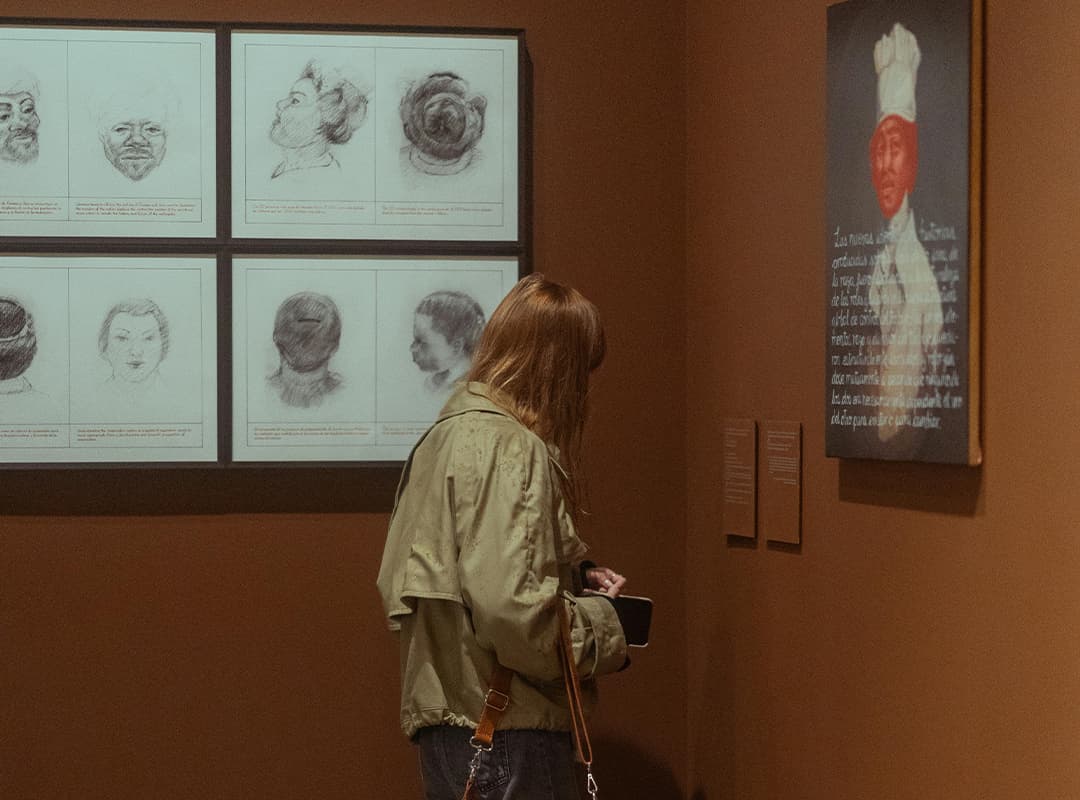The digital revolution has permeated nearly every aspect of our lives, and the art world is no exception. American art galleries are increasingly embracing digitalization to enhance the viewer experience, broaden their reach, and adapt to changing consumer behavior. From virtual exhibitions to social media marketing, the integration of technology is reshaping how galleries operate and engage with audiences. In this article, we explore the various ways digitalization is transforming American art galleries and highlight the work of artists like Aakash Nihalani, who embody these changes.
1. Virtual Exhibitions and Online Platforms
One of the most significant shifts in the art world has been the rise of virtual exhibitions. With advancements in technology, galleries can now showcase their collections online, allowing viewers from around the world to experience art without physical constraints. This accessibility has become particularly important in light of the COVID-19 pandemic, which forced many galleries to close their doors temporarily.
Online platforms enable galleries to host virtual tours, 3D exhibitions, and live-streamed events, reaching a wider audience than ever before. Artists, including Aakash Nihalani, have leveraged these platforms to share their work with new audiences, creating immersive digital experiences that enhance engagement.
2. Social Media Engagement
Social media has revolutionized the way galleries promote their exhibitions and connect with their audiences. Platforms like Instagram, Facebook, and Twitter provide galleries with tools to reach a diverse demographic, share content, and engage with art enthusiasts in real-time.
Galleries can showcase their exhibitions, highlight featured artists, and share behind-the-scenes content, creating a sense of community and fostering dialogue around the artworks. Artists like Nihalani utilize social media to promote their art, interact with fans, and engage in conversations about contemporary issues, thus breaking down barriers between artists and audiences.
3. Digital Marketing Strategies
With the increasing competition in the art market, galleries are adopting digital marketing strategies to attract and retain collectors and art lovers. This includes targeted advertising, email campaigns, and content marketing to promote exhibitions and events.
Data analytics play a crucial role in understanding audience behavior, allowing galleries to tailor their marketing efforts to specific demographics. By leveraging online data, galleries can create personalized experiences for potential visitors, ensuring that their messages resonate with the right audience.
4. Enhanced Visitor Experience
Digital tools are also transforming the visitor experience within galleries. Many institutions now offer interactive displays, augmented reality (AR), and mobile applications that enhance the way visitors engage with artworks. These technologies allow for deeper exploration of the pieces on display, providing context and additional information that enriches the viewing experience.
For example, galleries can implement AR features that enable visitors to visualize artworks in different contexts or see behind-the-scenes footage of the artists at work. This interactive approach helps create a more memorable and engaging visit, encouraging audiences to return.
5. Embracing New Art Forms
Digitalization has paved the way for the rise of new art forms, such as digital installations, video art, and interactive pieces. Galleries are increasingly showcasing works that utilize technology as a medium, reflecting the changing landscape of artistic expression.
Artists like Aakash Nihalani, known for his innovative use of geometric shapes and interactive installations, are at the forefront of this trend. His work often incorporates elements of street art and digital technology, inviting viewers to engage physically and emotionally with the art. By embracing these new forms, galleries can attract a younger audience and remain relevant in a rapidly evolving art market.
6. Curatorial Innovation
Digitalization is also influencing the curatorial process. Curators are now able to experiment with new exhibition formats and themes that reflect contemporary issues and trends. With access to digital tools, curators can analyze data and audience feedback to inform their decisions, resulting in exhibitions that resonate more deeply with viewers.
The ability to collaborate across geographic boundaries has expanded the possibilities for curatorial projects. Galleries can now work with artists and institutions from around the globe, creating cross-cultural exhibitions that highlight diverse perspectives and practices.
Conclusion: A New Era for American Art Galleries
The digital transformation of American art galleries marks a new era in how art is experienced, shared, and celebrated. Through virtual exhibitions, social media engagement, and the embrace of new technologies, galleries are adapting to the changing needs of audiences and artists alike.
The work of artists like Aakash Nihalani exemplifies the exciting possibilities that digitalization brings to the art world. As galleries continue to evolve, they will undoubtedly play a crucial role in shaping the future of contemporary art, fostering innovation, and engaging diverse communities.
In this rapidly changing landscape, embracing digitalization is not just an option for galleries; it is a necessity. By leveraging technology, galleries can create more inclusive, engaging, and dynamic art experiences that resonate with audiences across the globe, ensuring that art remains a vital part of our cultural conversation.



